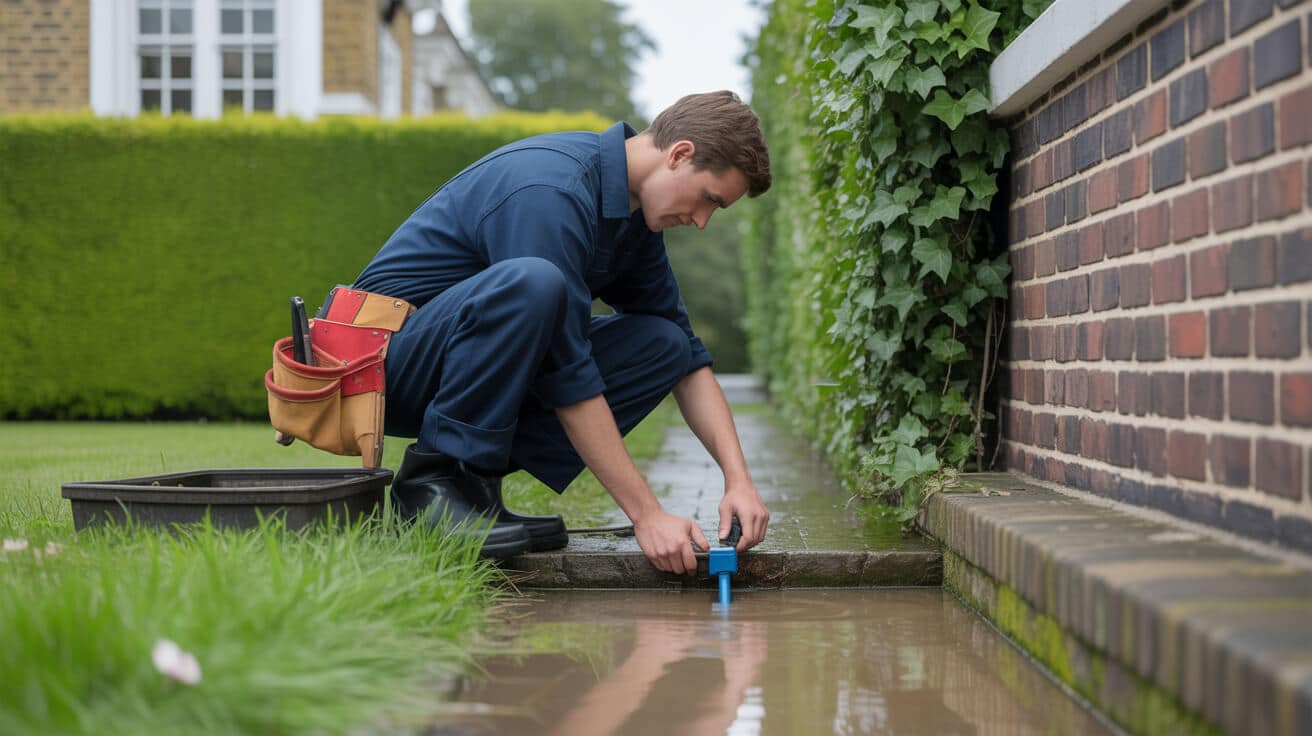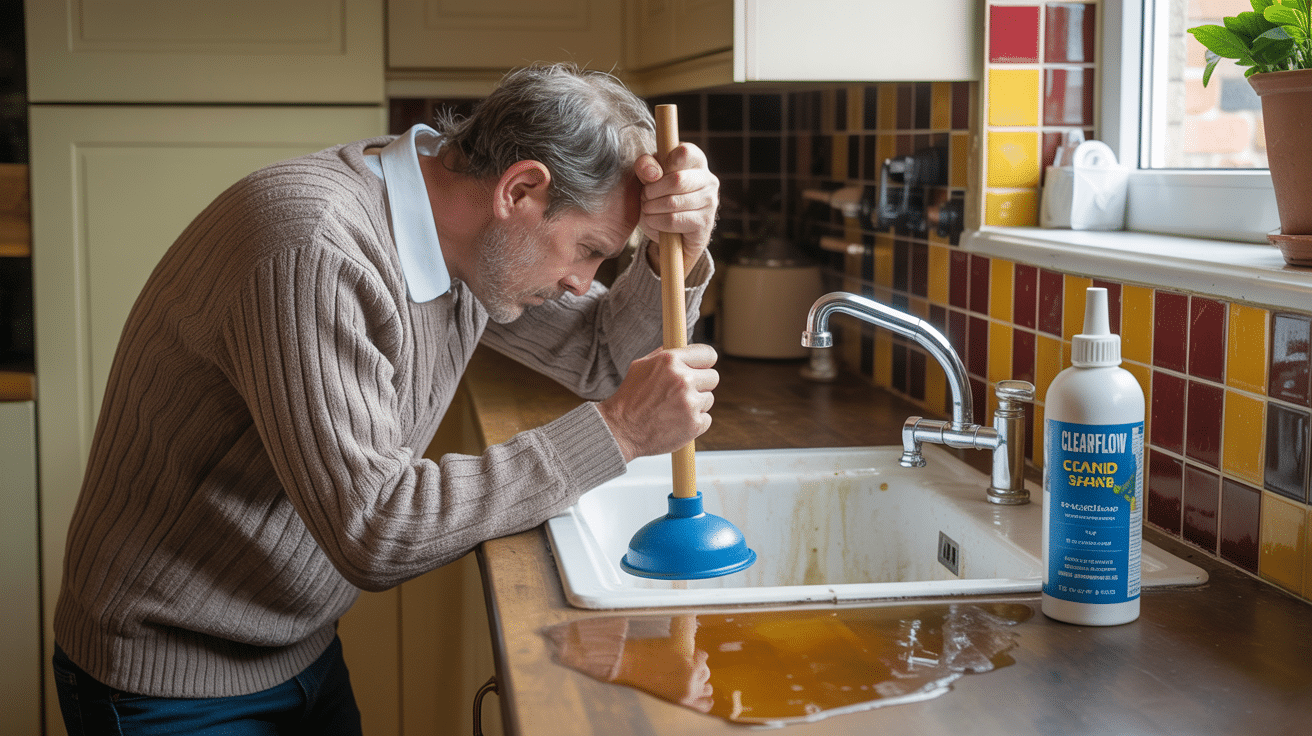 How to protect your home from flooding
How to protect your home from flooding

According to research, one in six properties are at risk of flooding in the UK, with damage totalling over £2 billion a year for affected properties.
With a rainy season bringing about multiple flood warnings across the country and the average flood-damage claim at around £30,000, I’ve put together my best tips and advice to protect your home should the worst happen.
Check your home insurance policy
Don’t assume your policy will cover you for everything and always thoroughly read the small print before signing any documents, especially as flood insurance policies are notoriously complicated. Ensuring you know the difference between the various types available is essential.
For example, the ‘New for Old’ form of cover guarantees the replacement of any covered items with new, equivalent items, whereas indemnity cover only covers the value of the items at the time of the incidence. The type of cover will drastically affect the amount you can claim back, should things go awry.
Home insurance policies usually cover things like removing any debris, the replacement of goods, structural damage, and alternative accommodation during repairs, but cheaper policies might choose not to include these things.
Preparing for a flood
It’s important to know the geography of your area. Living on a plot of low-lying land or living close to the sea or riverbank drastically increases your risk of flooding, so use this to gauge your threat level.
Make sure you have a stockpile of sandbags to help slow down any leaks in your home’s entry points. If you’re unsure where to get these from, contact your local council, who can point you in the right direction.
If you’re in an area that’s prone to flooding, keep up to date on the weather. Look for any flood warnings or any forecast periods of heavy rain. This way, as the risk rises, you can move any valuables to a safe location, should things take a turn.
Floodproof your home
Part of flood preparation is planning for the long term. Thankfully, there are inexpensive changes you can make to your home.
For example, ask a plumbing professional to install some non-return valves. This can be done for as little as £300 and prevents the back up of excess sewage into your home during a flood
Another cheap method of protection would be varnishing skirting boards – as well as any other exposed wood – to prevent water damage in the event of a sudden emergency.
If flooding is a frequent occurrence in your region, you might want to consider making lasting changes. For example, moving electrical sockets higher up the wall to prevent wiring damage or fitting flood-resistant windows and doors.
The aftermath of an emergency
In the event of a flooding emergency, alert your insurance company right away.
Take pictures, videos, and make sure you document everything that has been damaged.
If you find yourself strapped for cash or are worried about the cost of repairs, don’t panic. Many local councils and constituencies have grant schemes for flood victims, as well as a £5,000 government grant, particularly for those in flood-prone areas.
If you’re unsure of what to do, services like Floodline offers round-the-clock assistance to answer any questions and point you in the right direction.



